From oinking fugitives to ecological engineers: How wild boars have re-established themselves in our woodland and what to do if they try and steal your shopping
Once a common sight for our Neolithic ancestors, the wild boar was hunted to extinction. Now, in places such as the Forest of Dean, they are slowly returning.

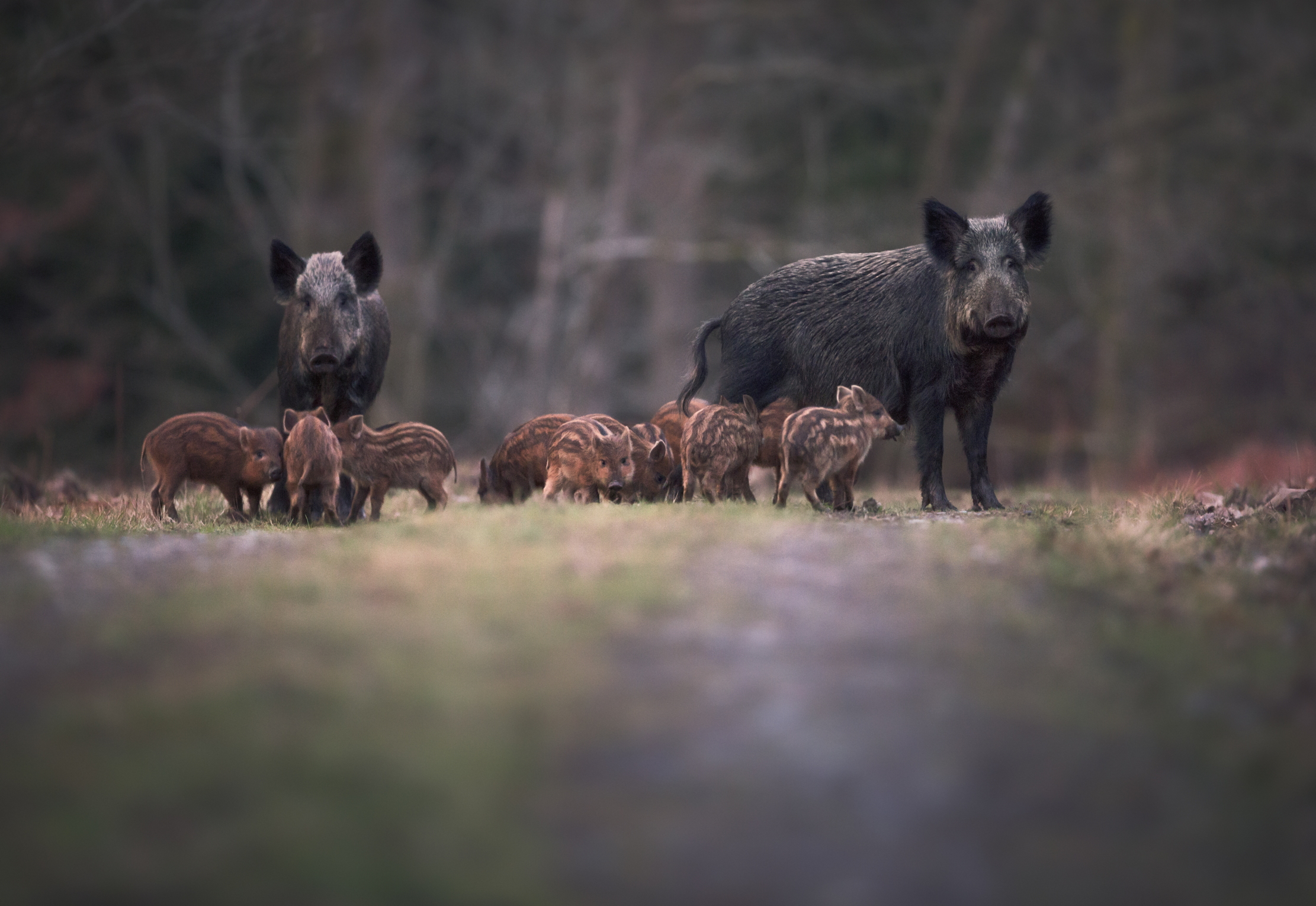
The Forest of Dean at dusk is a wild and enchanting place. Alongside the screeching of tawny owls and the occasional churring of the nightjar, visitors may also hear the crackling of broken bracken and a low snorting sound, indicating the presence of wild boar.
From the 1990s, these extraordinary beasts have been calling the forest their home and there are now estimated to be about 650 of them in one of the country’s densest concentrations of wild boar per square mile. There are also smaller populations snuffling about in Kent, East Sussex, West Dorset, mid Devon and thriving communities in Scotland, where the figures are estimated at being between 3,000 and 5,000. Their story is an intriguing one.
As the wild ancestor of domestic pigs, the wild boar (Sus scrofa) was once a common sight in woodlands, arriving in Britain as the ice retreated in the early Holocene era. They would have been familiar to our Neolithic ancestors before the woods were cleared and the boar hunted to extinction. According to Oliver Rackham in The History of the Countryside, the dozen Henry III ordered to be killed in the Forest of Dean in 1260 were the last free-living wild swine in England.
In the 1700s, an attempt was made to re-establish the boar, but they struggled due to persecution. It wasn’t until the 1980s, when wild boar started to be imported from mainland Europe for their meat, that the beasts were seen again in the UK. As the market for the delicious produce increased, so did the farms and, by the early 1990s, there were 40 registered breeders in the UK.
'In 2021, a gang of wild boar surrounded a woman in a supermarket car park near Rome and stole her shopping'
Unfortunately for their owners, the boars’ prowess in escapology had been underestimated — a fully grown male boar weighs 280lb, can scale heights of 6ft, reach speeds of 30mph and, aided by the great storm of 1987 that brought down fences, it wasn’t long before the woods started to fill up with the oinking fugitives.
In the Forest of Dean, the first group of escapees arrived in the 1990s and a second group of about 60 farm-reared animals was dumped on the western edge of the forest. By 2009, the two populations had merged and the boar were back.
Wild boar are stocky beasts covered in thick, bristly hair that can vary from a dark brownish-black to gingery brown. Mature males sport large tusks that protrude from the mouth, but, despite their fearsome appearance, boars are surprisingly shy and will generally try to avoid humans. The sows are smaller, with non-protruding tusks, and live in large female multi-generational groups called ‘sounders’, only joined by the males during the breeding season. From February, the large litters of striped boarlets, affectionately known as humbugs, appear and the young males form bachelor groups until they become intolerant of each other.
Exquisite houses, the beauty of Nature, and how to get the most from your life, straight to your inbox.
‘The best time to see boars is about two hours before dusk, but every night is different,’ advises Ed Drewitt, a local naturalist, who leads walking safaris through the Forest of Dean. Signs of wild boar include large areas of disturbed soil, scrape marks on the base of trees where they have rubbed themselves and shallow wallows that they use to cool themselves down. Mr Drewitt explains that the constant turning over of soil improves aeration and opens up the seed bank and the wallows turn into pools for aquatic plants and invertebrates. ‘They play a very special role, they are the missing link in the forest — they even tolerate bracken.’
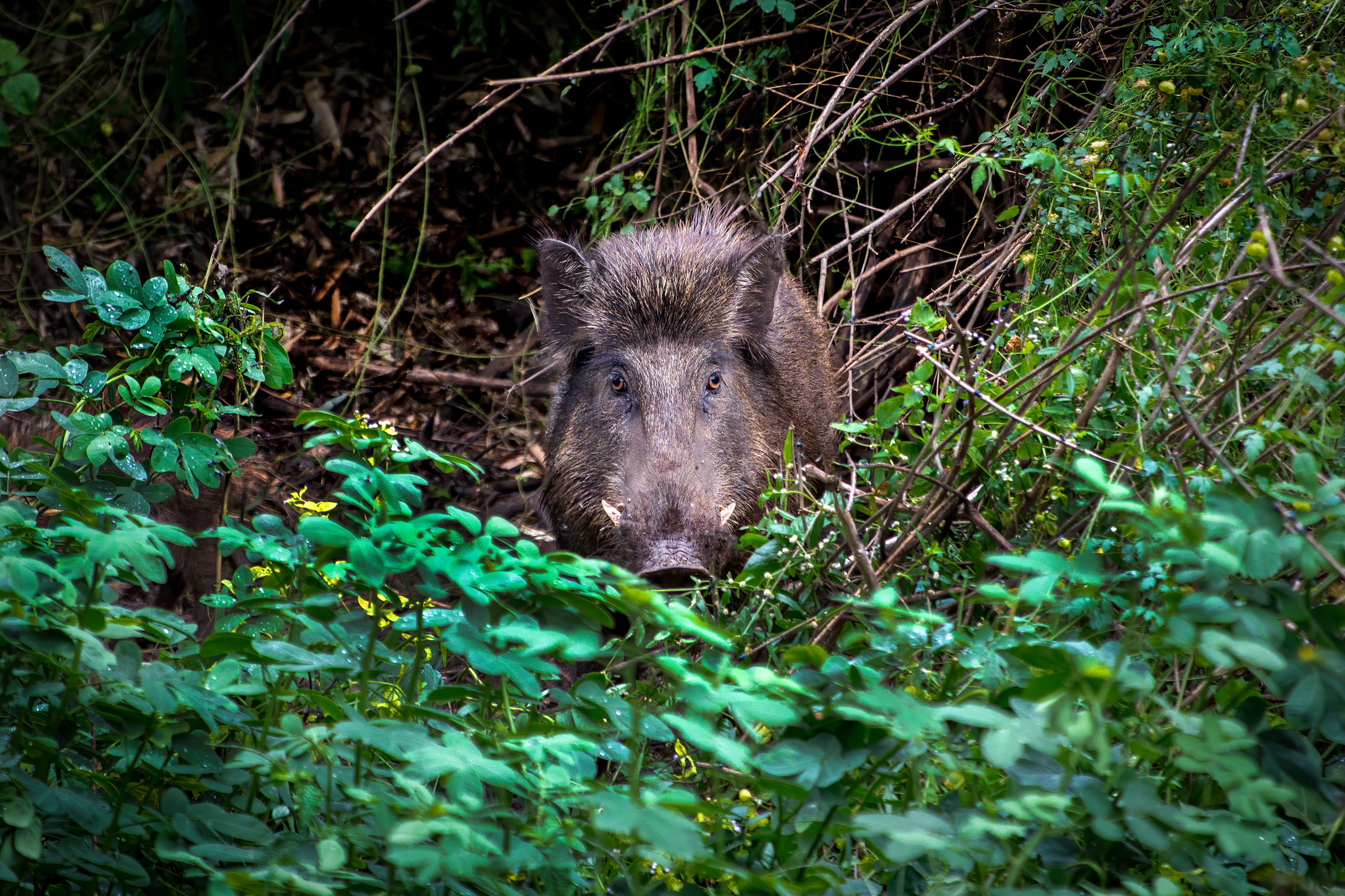
The boar devotees on Mr Drewitt’s safaris are only one side of the story and, from the boar’s arrival, newspaper headlines have followed them. ‘Boars are less dangerous than many pet dogs,’ remarks Chantal Lyons, who has studied them in the Forest of Dean for a decade and whose new book Groundbreakers describes her experiences. ‘Wild boar have been back in the UK for more than 30 years and we have had only two recorded incidents of injury, both to dog walkers — one when a woman from Argyll received some bruising after being charged by a female sow and the other was a man in the Forest of Dean who had a fingertip pad bitten off. Boar will not rampage around eating sheep, but will certainly eat them if they are already dead.’
When Miss Lyons first arrived in 2014, there was a great depth of feeling towards the boars. ‘Riders were worried that their horses would rear and bolt, dog walkers felt unsafe and the boars themselves were quite naïve.’ She recounts the story of one boar named Gerard who would go into the village every day and beg for bread on the doorsteps. The so-called ‘Beechenhurst Six’ took to pilfering food from outside the tourist centre café and, one day, actually penetrated the building itself. One woman moved away as she felt that the boar were restricting where she could feel safe walking her dog and another resident took matters into his own hands and set up a surveillance system to monitor damage in his village.
‘It’s all calmed down now,’ adds Miss Lyons. ‘The population has diminished and I rarely see reports in the press. People have definitely got used to them.’ One of the main gripes that the public has is the rooting out of bluebell bulbs, although a study carried out in Kent and East Sussex found that some bulbs grew bigger in response to rooting.
Miss Lyons wonders whether we have too high expectations of blue-bell woods — ‘perhaps to a Mesolithic person, a bluebell woodland would look miraculous. Or freaky.’ The real problem areas are the green spaces we have earmarked for ourselves. ‘Paddocks, lawns and playing fields are basically boar ready meals.’ If you do come face to face with a boar, she recommends waving your hands in the air and shouting. Extra caution is required with dogs, which, to the wild boar, bear an uncomfortable resemblance to wolves.
In the rest of the country, there are occasional sightings in broadleaf woodlands, but the colonies of wild boar in East Sussex, Wiltshire, Somerset, Devon and Kent have been diminishing as poachers and hunters pick off their numbers. In Scotland, where wild boar are well established, there are four main populations in Dumfries and Galloway, Glenmoriston, near Fort Augustus and in Wester Ross, most of which descend from the escapologists of the 1990s. Smaller scattered populations can be seen in Perthshire and Inverness-shire and some sporting estates offer wild-boar stalking.
In France, where there are more than one million, wild boar cause 30,000 traffic accidents a year and in vineyards they run amok, stripping vines of ripe grapes (apparently preferring Chardonnay to Cabernet Sauvignon). In Italy, where there are an estimated 2.3 million, they are causing problems in cities. In 2021, a gang of wild boar surrounded a woman in a supermarket car park near Rome and stole her shopping; in Barcelona, Spain, another hotspot, the boars have learnt that by biting unsuspecting shoppers on the backside, they will drop their bags, which can then be looted.
In the UK, the status of wild boar is complicated. In captivity, they are subject to the Dangerous Wild Animals Act and require a licence. However, once escaped, they become another wild animal and may be shot by land-owners. ‘There is no doubt that, at low densities, boar provide very valuable ecological services,’ believes Kevin Stannard, deputy surveyor of the Forest of Dean. ‘The problem is that, with a high density of them, the repeated disturbance of the same piece of ground prevents species from establishing. If we can get the number down to our target of 400, then we should get the ecological benefits and fewer negative interactions with people.’
Although generally peaceful in the undergrowth, boar are formidable opponents when cornered and have come to symbolise courage and bravery in many cultures. Celtic and Anglo-Saxon helmets had images of boar-head crests, which were believed to give special protection to the wearer. Alfred the Great was compared to a wild boar in his defence of his kingdom against the Vikings and, today, Queen Camilla’s coat of arms includes an azure boar.
For Miss Lyons, encounters with the boars of the Forest of Dean have only deepened her respect for the ‘ecosystem engineers’. ‘They’re so quirky and intelligent, they weigh things up and respond to situations,’ she explains. ‘The ridges on their faces look like eyebrows. It’s like looking at another sort of person.’
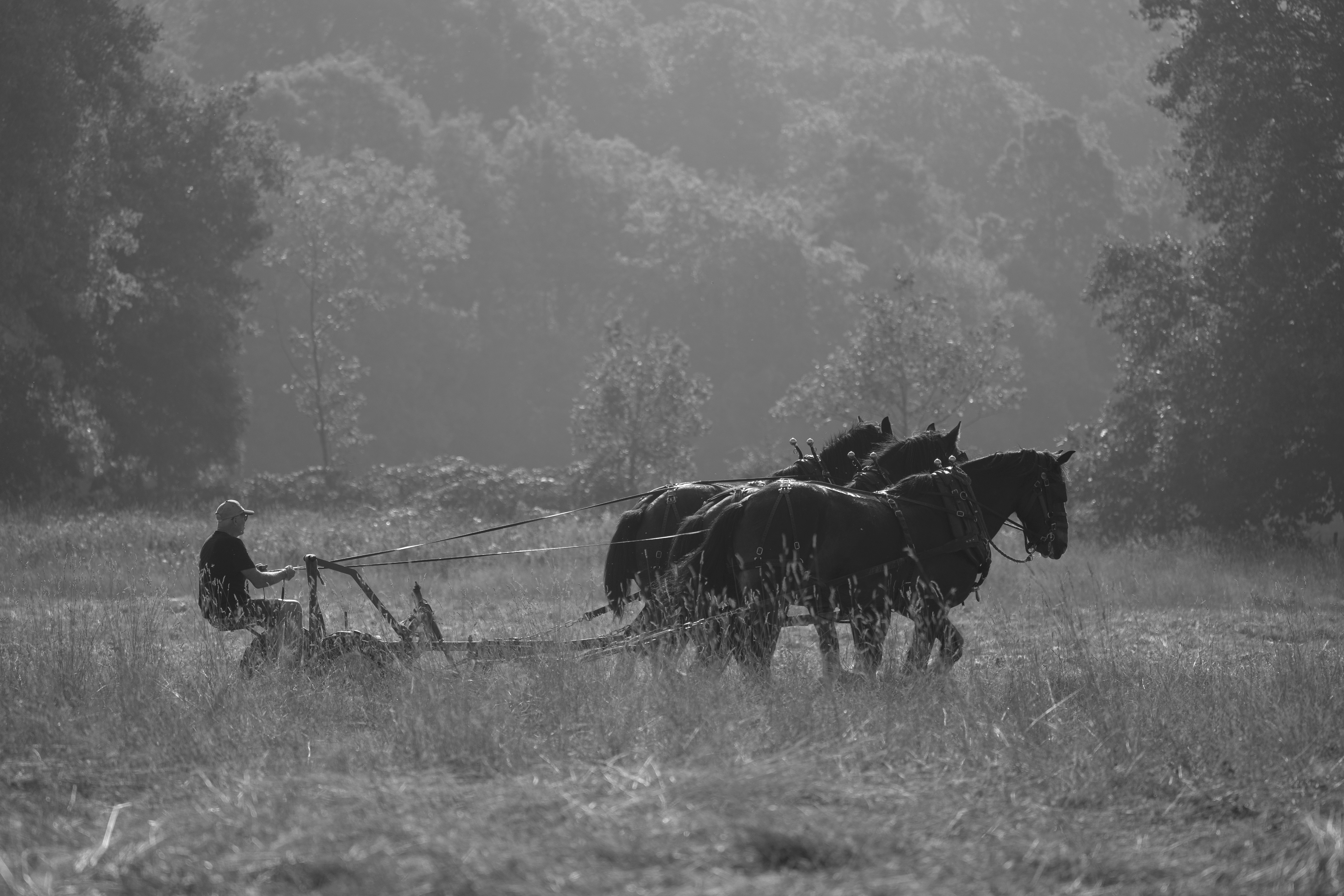
The shire horses still ploughing the fields of London deep into the 21st century
Photographer Natasha Durlacher's passion project shines a light on the wonderful shire horses who still have a place in modern
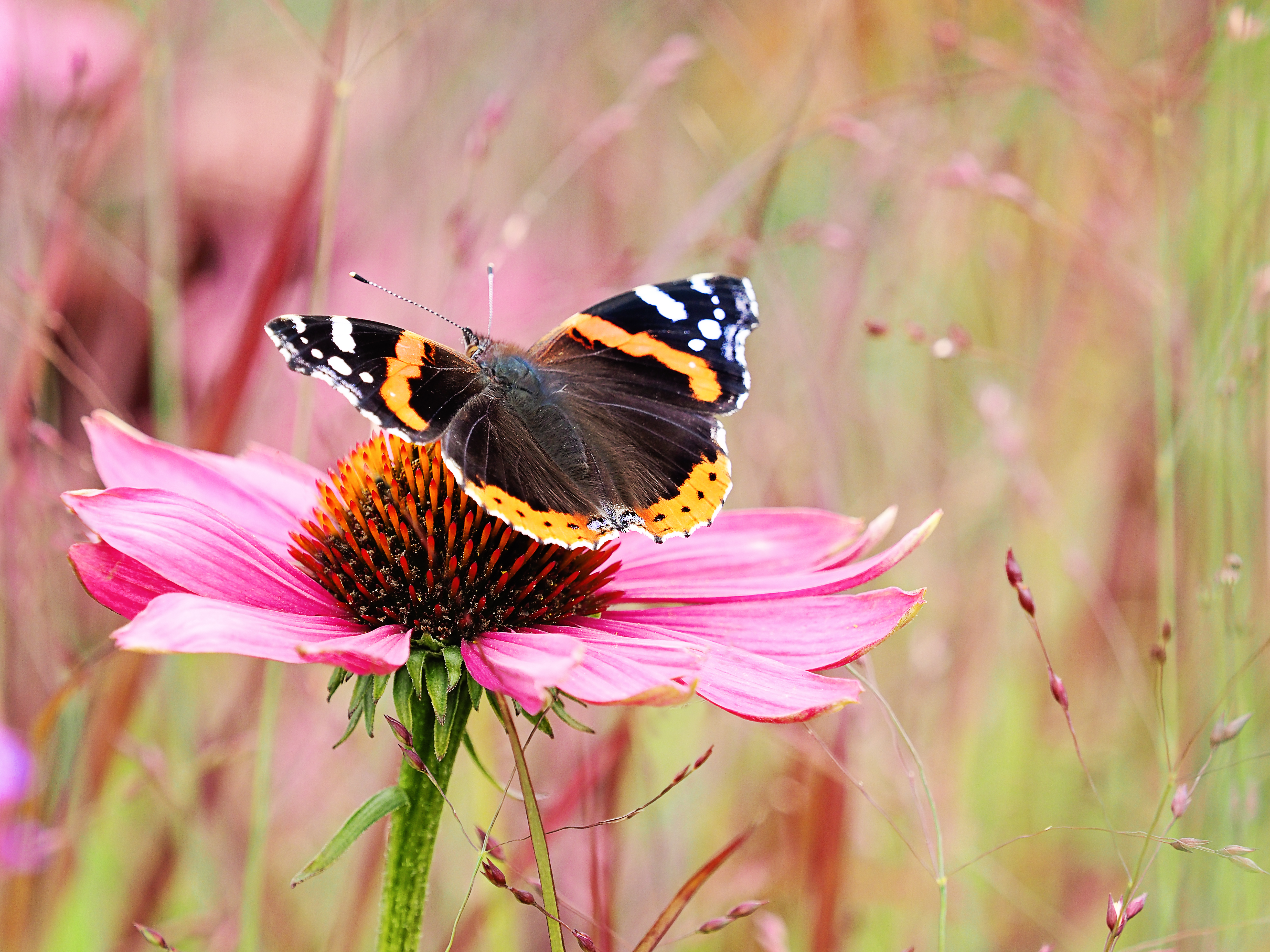
The Big Butterfly Count is here — time to get out into the garden and do your bit
Do your bit to save the butterflies of Britain.

Iridescence: The greatest special effect in Nature
A lustrous play of colour alchemy, natural iridescence can intrigue, camouflage and incite desire. Laura Parker immerses herself in one
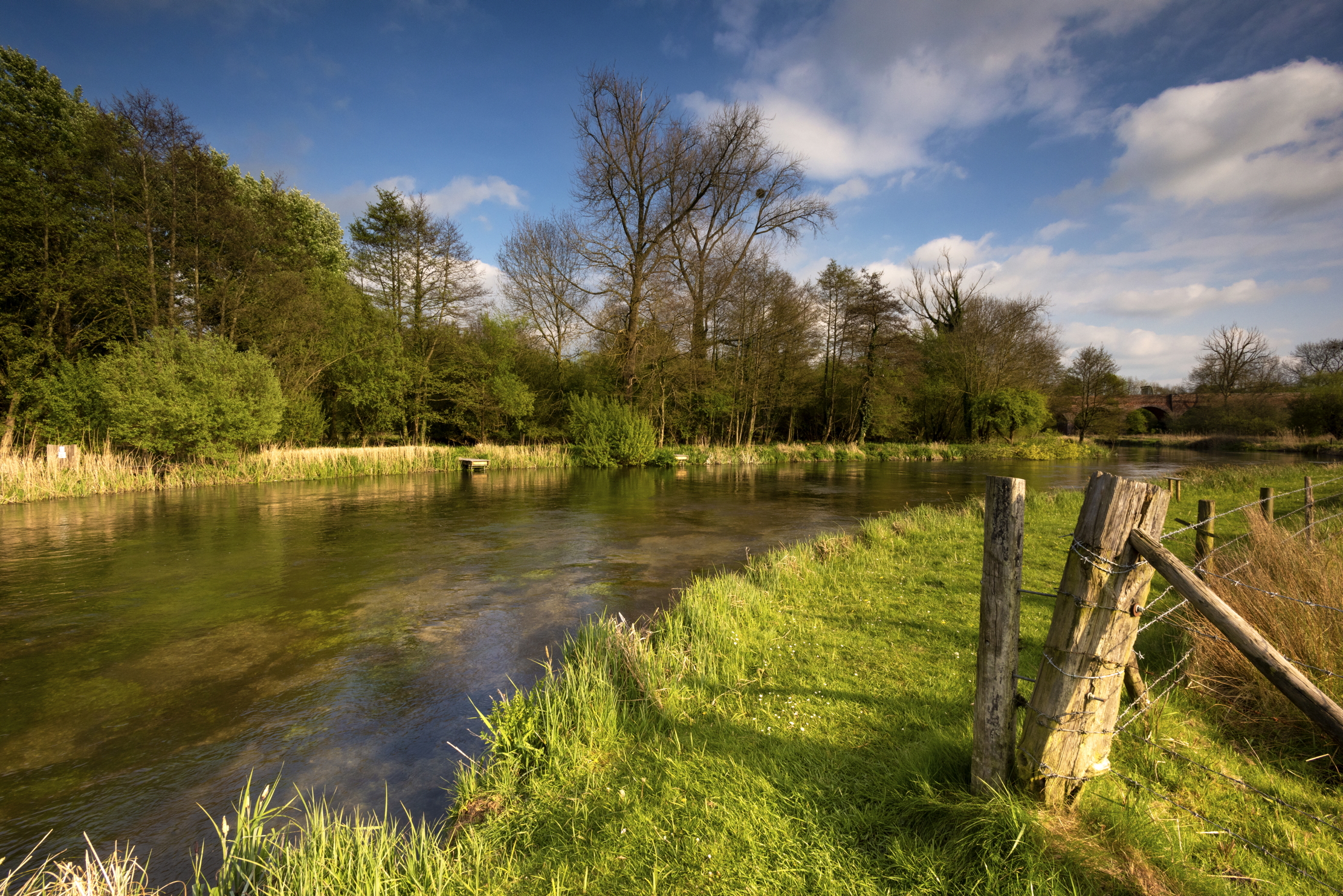
Credit: Michael Roberts via Getty Images
Patrick Galbraith: 'The Itchen is a place of such pastoral beauty that it’s almost too much to take in'
Patrick realises that often, it's the journey, and not the destination, that is most important.
Vicky Liddell is a nature and countryside journalist from Hampshire who also runs a herb nursery.
